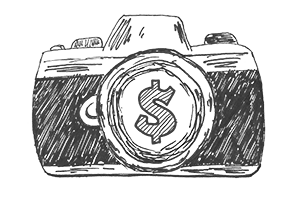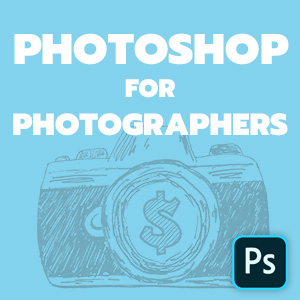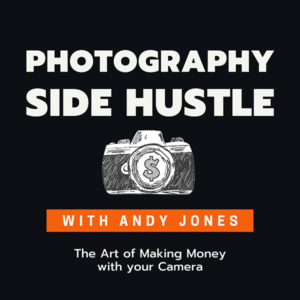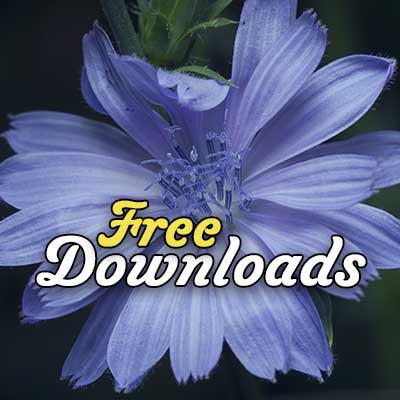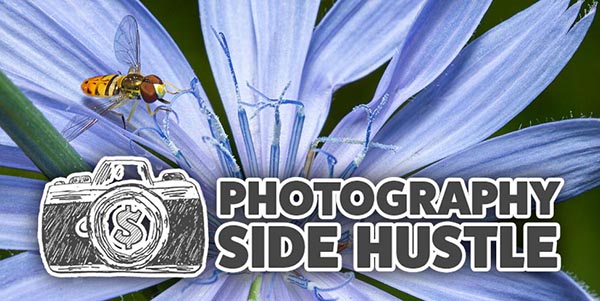
Photoshop for Photographers Course
Everything you need to make money from your photographs.
Podcast
Listen to Andy every week. Learn how to use your camera, and start a Photography Side Hustle. It’s a great way to earn extra money.
Free Downloads
From a Pricing Spreadsheet, Model Releases, Exposure Triangle, and set-up videos.
Latest Posts
153
The Facebook Group TranscriptIf you shoot sports and missed last week’s episode with Jack Beasley, you really should give it a listen. I’ll put a link to his YouTube channel in the show notes. He has an interview with yours truly, and I have to say it has...
152
The Facebook Group The Jack Beasley Interview - Sports photographer and YouTuber JackBeasley.com YouTube Channel InstagramTranscriptJack Beasley Interview Andy: [00:00:00] Hey, how's it going? I'm Andy Jones, and this is episode 152 of the Photography Side...
151
The Facebook Group The Suzanne Hawken Interview - From Zero to Full-time in One Year SheShootsShots.comTranscriptEpisode 151 Suzanne Hawken Interview - From Zero to Full-time in One Year Andy: [00:00:00] Hey, how's it going? I'm Andy Jones, and this is episode...
150
TranscriptBefore I get started, I want to mention something that Josh Rice brought up in the Facebook group. It concerns buying used camera bodies. He was checking out one of the big dealers' websites and saw two Canon 5D mk3 DSLR bodies listed at the same price, so...
149
Mentioned in this EpisodeTaylor Jackson ConvertKit - Free for a 1000 email listTranscriptThis week, Rob from Montreal asked me, “How should he get started, and what would I do if I were just starting out?” So, the first thing that I thought of was, I would … Work on...
148
Mentioned in this EpisodeConvertKit - Free for a 1000 email listTranscript12 Things I Wish I Knew Before Starting a Photography Business Ok, let’s get started. 1) You are not just a photographer At the beginning of your photography side hustle, you will...
